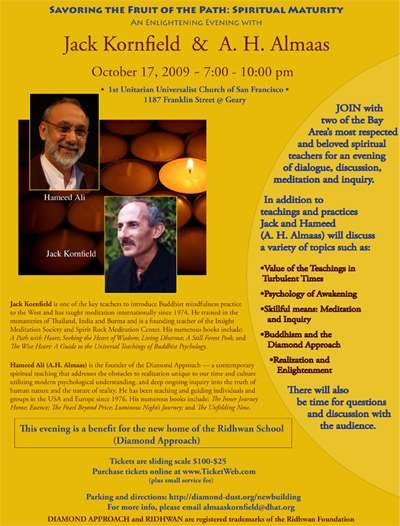What is Essence? Is it Limited or Unlimited?
 The term essence is being used in a lot of conversations these days, from marketing products to psychology to spiritual growth. Exactly what is essence?
The term essence is being used in a lot of conversations these days, from marketing products to psychology to spiritual growth. Exactly what is essence?
Here is the etymology of the word essence ( I am using bold letters to draw your attention to specifics)
essence – late 14c., essencia (respelled late 15c. on French model), from L. essentia “being, essence,” abstract noun formed in imitation of Gk. ousia “being, essence” (from on, gen. ontos, prp. of einai “to be”), from essent-, prp. stem of esse “to be,” from PIE *es- (cf. Skt. asmi, Hittite eimi, O.C.S. jesmi, Lith. esmi, Goth. imi, O.E. eom “I am;” see be). Originally “substance of the Trinity,” the general sense of “basic element of anything” is first recorded in English 1650s, though this is the base meaning of the first English use of essential.
Pretty straight forward – until we dig a little deeper (from Wikipedia):
In philosophy, essence is the attribute or set of attributes that make an entity or substance what it fundamentally is, and which it has by necessity, and without which it loses its identity. The concept originates with Aristotle, who used the Greek expression to ti ên einai, literally ‘the what it was to be’, or sometimes the shorter phrase to ti esti, literally ‘the what it is,’ for the same idea. This phrase presented such difficulties for his Latin translators that they coined the word essentia (English “essence”) to represent the whole expression. For Aristotle and his scholastic followers the notion of essence is closely linked to that of definition (horismos)
Digging a little deeper into essence, horismos and Aristotle via the Stanford Encyclopedia of Philosophy:
Aristotle turns to a consideration of the next candidate for substance: essence. (‘Essence’ is the standard English translation of Aristotle’s curious phrase to ti ên einai, literally “the what it was to be” for a thing. This phrase so boggled his Roman translators that they coined the word essentia to render the entire phrase, and it is from this Latin word that ours derives. Aristotle also sometimes uses the shorter phrase to ti esti, literally “the what it is,” for approximately the same idea.) In his logical works, Aristotle links the notion of essence to that of definition (horismos)—“a definition is an account (logos) that signifies an essence” (Topics 102a3)—and he links both of these notions to a certain kind of per se predication (kath’ hauto, literally, “in respect of itself”)—“what belongs to a thing in respect of itself belongs to it in its essence (en tôi ti esti)” for we refer to it “in the account that states the essence” (Posterior Analytics, 73a34–5). He reiterates these ideas in ?.4: “there is an essence of just those things whose logos is a definition” (1030a6), “the essence of a thing is what it is said to be in respect of itself” (1029b14). It is important to remember that for Aristotle, one defines things, not words. The definition of tiger does not tell us the meaning of the word ‘tiger’; it tells us what it is to be a tiger, what a tiger is said to be in respect of itself. Thus, the definition of tiger states the essence—the “what it is to be” of a tiger, what is predicated of the tiger per se.
Quoting A. H. Almaas, a highly regarded spiritual teacher of our times:
What Essence Is: Essence is not alive; it is aliveness. It is not aware; it is awareness. It does not have the quality of existence; it is existence. It does not love; it is love. It is not joyful; it is joy. It is not true; it is truth.
[ad#post468]
So clear as a bell, eh? The essence of you is you – what it is that fundamentally exists. Now, is that the body, the mind or something more subtle? See, words don’t quite do it when it comes to knowing essence. The knowing of essence is in the being essence – experiential knowledge.
[ad#post468]





 The annual retreat for the Ridhwan School focused on The Fulcrum, a term A.H. Almaas used to explore the point or interface where one’s consciousness can hold being and non-being (duality & the non-dual). A couple of central question for the retreat were – What is the interplay between these two views of reality? and What is the connection between spiritual practice and enlightenment?
The annual retreat for the Ridhwan School focused on The Fulcrum, a term A.H. Almaas used to explore the point or interface where one’s consciousness can hold being and non-being (duality & the non-dual). A couple of central question for the retreat were – What is the interplay between these two views of reality? and What is the connection between spiritual practice and enlightenment?